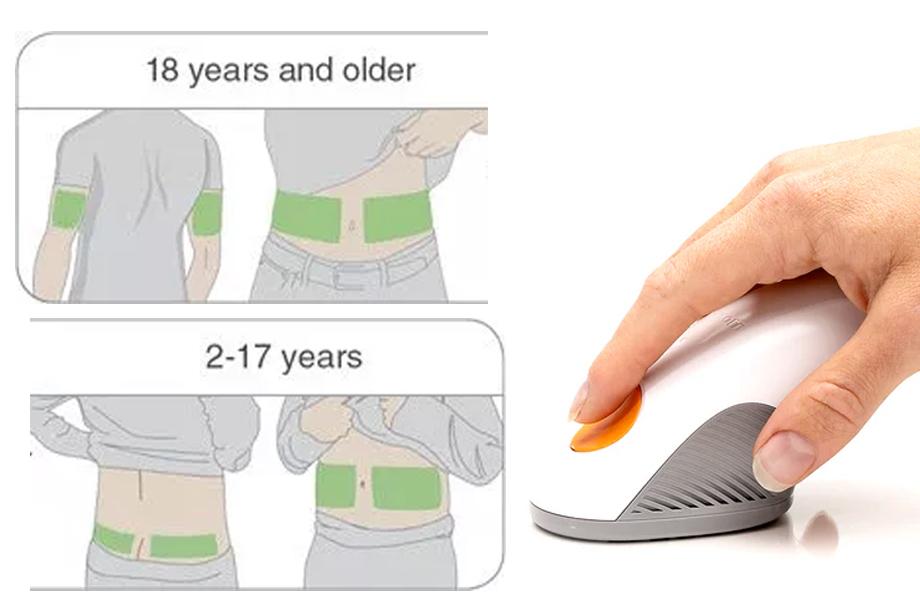
CGMs, in general, and the Dexcom G6 have been life-changing in treating diabetes because of their ability to provide real-time glucose information. The most important part of successfully using continuous monitoring of glucose involves the actual placement of the sensor itself. The Dexcom G6 Sensor does offer some placement options, where you, as the user, can choose among a few sites: arm, thigh, or abdomen. Knowing the pros and cons of each site will best help you decide which suits your lifestyle or comfort.
Arm Placement
Pros:
- Ease of access: Attaching the sensor to the back of the upper arm is not complicated and is generally easy to reach; thus, it is easy to apply and remove.
- Discreetness: Comparatively, placing it on the arm is relatively unnoticeable if one wears shorts or no sleeves.
- Comfort: Most users find it comfortable to place in the arm and, because of the smaller movements, have fewer problems with sensor accuracy.
Cons:
- Visibility: It might be more visible than other sites due to the arm’s positioning and certain types of clothing.
- Chance of Impact: There might be an effect on the sensor’s adhesive from time to time by lifting weights or other such action that causes repetitive motion with the arm.
Thigh Placement
Pros:
- Concealment: It can be one of the better locations for concealing the placement, even while one is wearing shorts or skirts.
- Less Affected by Daily Activities: These sites experience less disruption from routine activities compared to more exposed areas. The sensor readings will experience fewer disruptions.
Cons:
- Ease of Access: Access might be less accessible when placing the sensor on your thigh; thus, application and maintenance might be more challenging to manipulate for those having limited flexibility.
- Sensor Adhesion: Due to the constant motion of the legs, there is a chance that the edge of the sensor may lift, although this can be minimal if applied appropriately.
Abdomen Placement
Pros:
- Comfort: The abdomen is usually large and flat; hence, it is easy to apply with minimal irritation.
- Consistency: It usually provides stable glucose readings because movements are less frequent than the limbs.
Cons:
- Visibility: The abdomen may be more exposed to some types of clothing and, therefore, less private.
- Potential for Discomfort: Wearers may experience discomfort if the sensor site presses against the waistband or belt.
Tips for Ideal Placement
- Choose a Site with Sufficient Skin Thickness: The sensor must be inserted into an area of skin containing enough fat to avoid hitting muscle or bone. Avoid placing over scars or moles.
- Lifestyle Considerations: If you live a very active lifestyle or engage in activities that may cause friction or impact, consider placing the sensor at a site that would remain secure and would be less susceptible to interference.
- Good Adhesion: Clean and dry the skin before attaching the sensor for better adhesion. As needed, additional adhesive patches may be applied to hold the sensor in proper placement.
- Rotate Sites: Sensor placement should be switched between sites periodically to prevent possible skin irritation or damage.
- User Manual: Always refer to the user manual for the Dexcom G6 during placement for optimum performance and to follow specific guidelines.
Conclusion
Choosing the right placement site for your Dexcom G6 CGM is personal and comes down to comfort, convenience, and lifestyle. Whether you use your arm, thigh, or abdomen, each has its specific benefit. Think about what you do most days and what will make you feel best to ensure a comfortable, successful, and better-equipped CGM experience for reasonable glucose control without much hassle.



